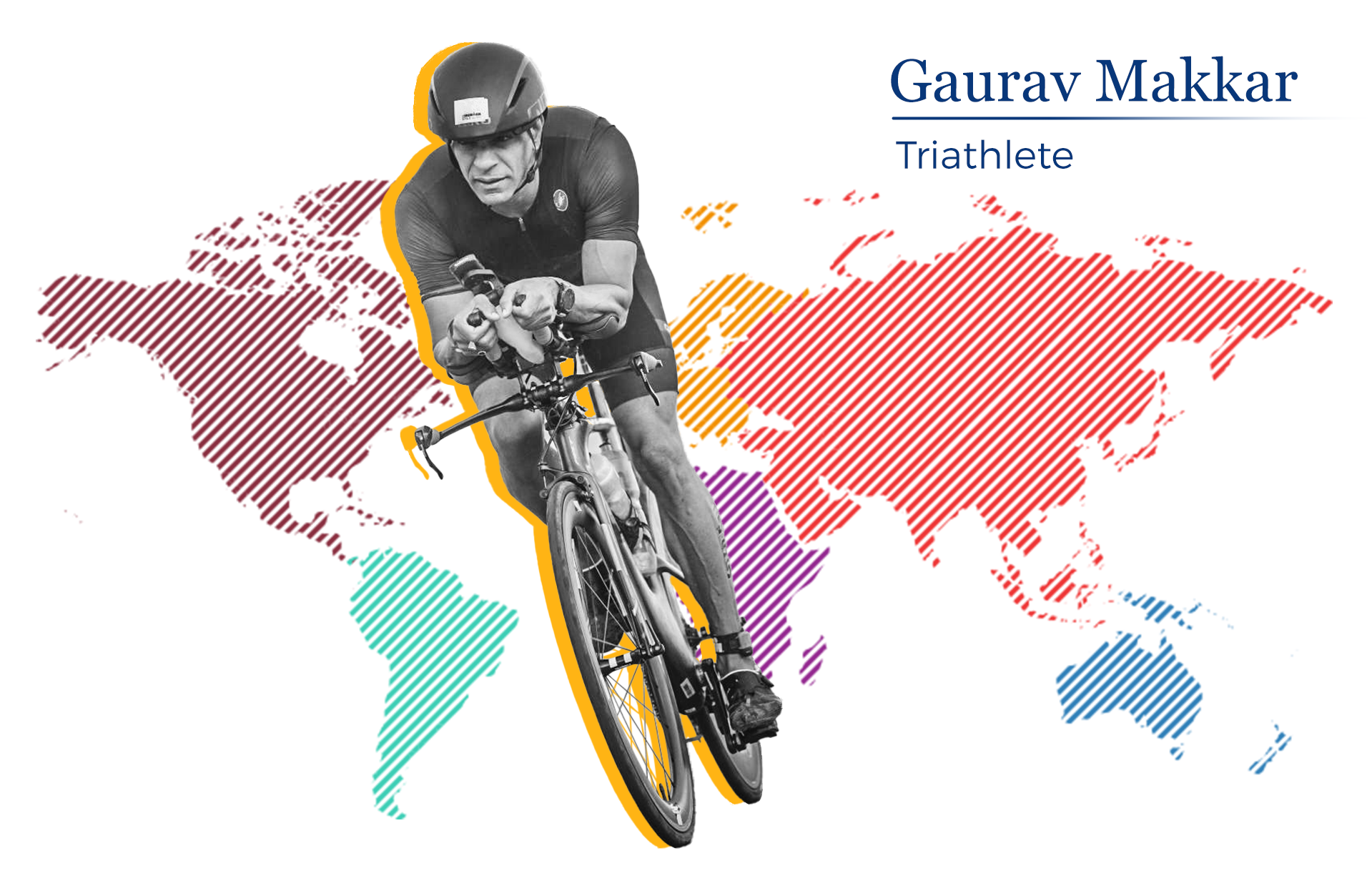
Triathlete Gaurav Makkar tells us all about his journeys, challenges, and more
Sometimes, the biggest hurdles we face in the path of our achievements are internal. Our beliefs can sometimes hold us back, and perhaps triathlete Gaurav Makkar’s is a testament to just that – the formidable human spirit.
Makkar is an Ironman-recognised instructor and the first Indian to finish the Epic 5 Endurance Challenge. But, impossible as it sounds, he learned how to swim weeks before his first race. “I signed up for an Ironman race before signing up for a swim instructor. That is how badly I wanted it,” he says, “What I have realised is that there is no age to learning a new skill. You do feel agitated as you grow older, but that’s where the process of learning starts, to be physically and mentally ready to acquire new skills.”
Speaking to us also about his travels around the globe, he told us that his favourite destination was “Hawaii, because the Ironman race is born on that island and they celebrate triathlons as a festival – it’s a mecca of triathlons.”
In a candid chat with The Jurni, Makkar tells us all about his journeys, challenges, and advice for adventure-seeking travellers.
Read the full conversation here.
Thank you so much for speaking with The Jurni! As many know, a triathlon is one of the most physically challenging sporting events. What made you pick this? Did you always have a bend towards it?
I think the challenge itself made me pick this. A triathlon has so much to teach you – it gives you immense opportunities to grow as a person, not just in a physical capacity, but in other aspects of life as well. When you willingly endure pain for hours, it opens a deep sense of reconnecting with yourself, and I think I naturally enjoy digging deep and pushing myself to my limit.
Until 2014, I didn’t know how to swim, so I had never thought of doing triathlons. I think it was my calling for this sport that, despite all odds, things fell into place for me from the very beginning, and I got to know where I belonged. It’s no longer a sport for me – it is a religion I deeply follow and find my peace in.
When you started, you weren’t a swimmer. Please tell us more about learning a new skill and perfecting it a little later in life.
I signed up for an Ironman race before signing up for a swim coach. That is how badly I wanted it. I knew that if I committed myself to it, I would do it. But, it was not just about learning to swim. It was about swimming a distance of 3.8 kms in open waters before riding a bike for 180 kms, and then running a marathon.
I was always in great shape, so building my endurance was not so hard. I only had to learn to swim the first 100 m, and the rest was repetition. When I started swimming, my goal was to just finish the swim and use my strength to bike and run. But today, after seven years, I find myself spending more time in the water. I want to make swimming my strength, and am glad that with the help of my coach, I am headed in the right direction. I even plan to do the English Channel at some point in life.
What I have realised is that there is no age to learning a new skill. You do feel agitated as you grow older, but that’s where the process of learning starts, to be physically and mentally ready to acquire new skills.
What has been the biggest hurdle you have had to overcome? And what has been your biggest learning from it?
I met with an accident three days before the race and had to get forty stitches, with three deep wounds on my face. But that didn’t stop me from racing my first Ironman race. I had put my heart and soul into training for it. It took me some time to accept what had happened, but I did not let the thought of giving up come to my mind even once. In fact, as I was sitting alone in the hospital in Mallorca, Spain, going through a round of assessments, my first question to my surgeon was: ‘Do you think I can swim on Saturday?’
I did my first long-distance triathlon in adverse conditions and I am proud of myself for keeping my head high during that time and not letting any voice stop me from doing what I wanted.
You’ve travelled extensively to participate in races. Which place has had the most impact on you and why?
Hawaii, because the Ironman race is born on that island and they celebrate triathlons as a festival – it’s a mecca of triathlons. It’s every racer’s dream to race in Hawaii at least once in their lifetime. I got a chance to race in Hawaii twice and my next big goal is to qualify for the Ironman World Championship and race again on that island.
A race requires as much mental strength as it does physical stamina. How do you prepare for it? And how can all of us learn from that experience?
Apart from the physical aspect of training, where you put the most number of hours, you need to practise mental strength as well. No matter how well-trained an athlete you are, your ability to give it your all on race day comes with mental and psychological training. I like to do pranayama breathing and yoga to train my mind. Breathing and yoga give you immense opportunity to develop your focus and the ability to handle physical and mental stress. It also helps in all other areas of life which you may find difficult to manage.
You did five triathlons in five days once! What was going through your mind and how did you manage the expectations, anxieties, and fatigue that came with that?
The Epic5 Challenge – I really don’t know what I was thinking when I signed up for it. I didn’t think about what I was throwing myself into with this commitment. But I have one rule – if I sign up for something, I don’t look back.
This race took me through so many emotions and taught me so much about myself in just five days. When I first landed in Hawaii, I didn’t give myself enough time to adapt. My energy was low, there was no enthusiasm or motivation to race, and I just wanted to fly back home. On day one, when the race started, I was swimming and the first question that came to my mind was: “Seriously, I have to do this for five more days?!” Anybody watching could tell from my body language and my strokes that I would not last this swim, forget five Ironman Triathlons in five days. I started thinking so negatively that I wished I would get injured so I could abandon the race and go back home. That was my state of mind when the race started, but on day five, I officially finished before midnight, which was one of the fastest and strongest performances.
What happened between when the race started and when it finished? I understood that my mind was holding me back in anticipation of the suffering over the next five days. What I needed was to take a step back and take a deep breath. I realised that I wouldn’t last long with this attitude and something had to change. Giving up is not in my blood, so I had to talk myself out of this negativity. I knew I had trained well for the race and was physically capable of completing it. So I decided to take it one day at a time, one stroke at a time, one pedal at a time, and one stride at a time. I reconnected with myself and brought life back into my race by the end of day one. Then, there was no looking back. I planned my nutrition well, rewarded myself with scheduled breaks, and introduced two-minute resets. These were developed to trick your body into thinking you have rested enough – like a non-sleeping deep rest. Every time I was tired and drained, physically and mentally, I would take these two-minute resets and it worked each time, as I came back recovered.
What advice would you give to anyone who aspires to get fitter (or even become a triathlete)?
Start easy, and be reasonable with yourself when setting goals and targets. When you are starting something new, the level of motivation is very high but when we don’t see results in line with our effort and motivation, we start feeling burnt out and unmotivated. My advice is to focus on small and achievable goals before signing yourself up for challenging ones. Same goes for someone who wants to become a triathlete – don’t jump into long distance triathlons; start with sprint and Olympic distance triathlons which are short format races.
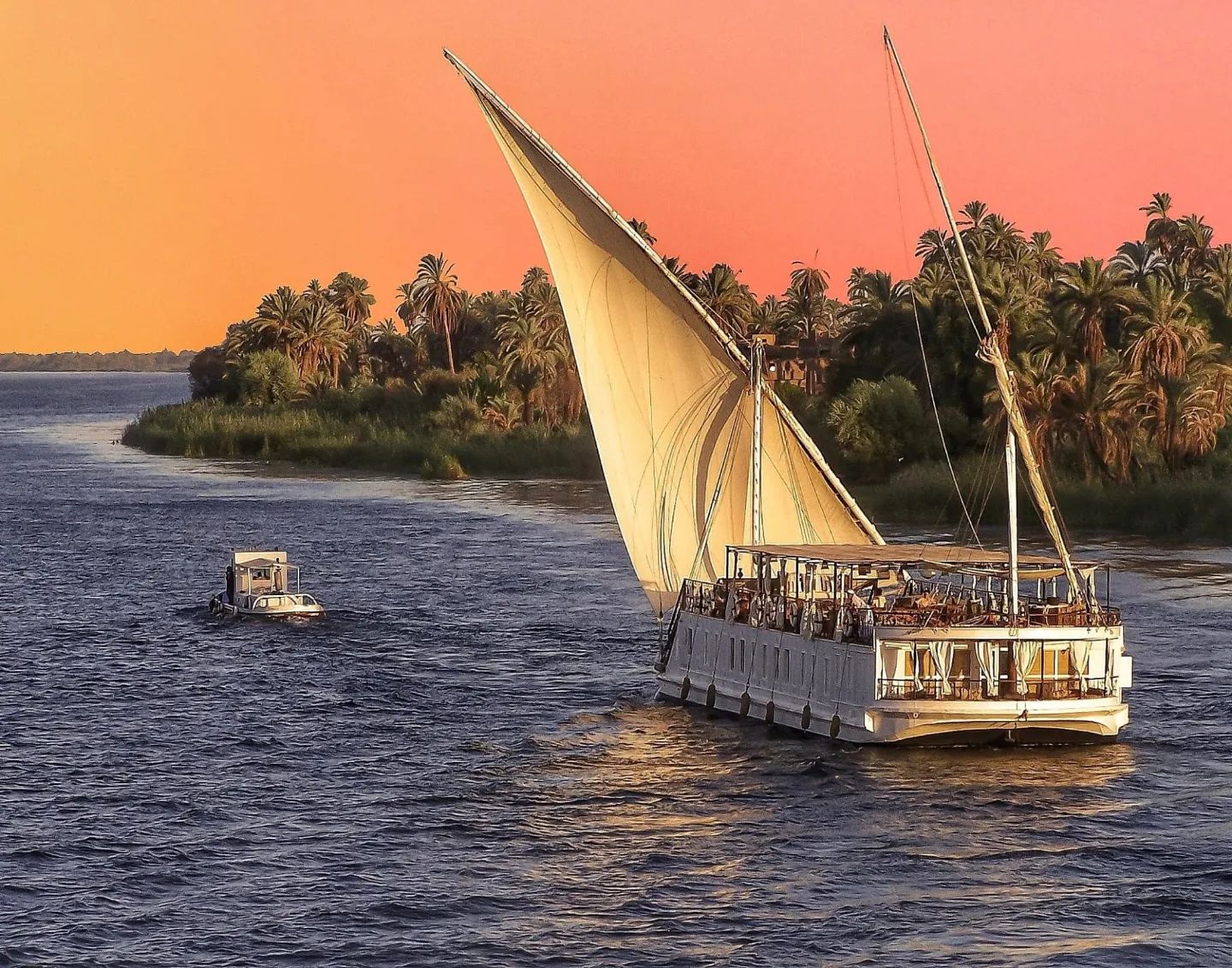
Gift of the Nile
The River Nile has for centuries inspired writers, historians, and adventurers alike, from Agatha Christie’s book Death on the Nile, to, of course, William Shakespeare’s Antony and Cleopatra. It comes as no surprise then that so many of us want to sail around its shores too. But, just like Kashmir’s Dal Lake is best experienced on a shikara, the different routes of the Nile are best navigated through a Dahabiya boat cruise.
Dahabiyas are shallow-bottomed wooden sailboats that have been a part of Egyptian culture for centuries. They originated as houseboats, much like the shikara, but have always been associated with royalty. Even the word dahabiya is derived from the Arab word for gold.
Today, you can choose from different types of dahabiya rides – from grand cruises to the more intimate ones (either way, you’ll feel like royalty). Most Nile cruises travel from Luxor to Aswan and take from four days to a week to cover the best spots.
Pro tip: pick the one that has Elkab as one of its halts. Lined with ancient Egyptian settlements, it has some of the most beautifully painted tombs and remains of prehistoric temples, and would be worth every second of your Nile cruising journey.
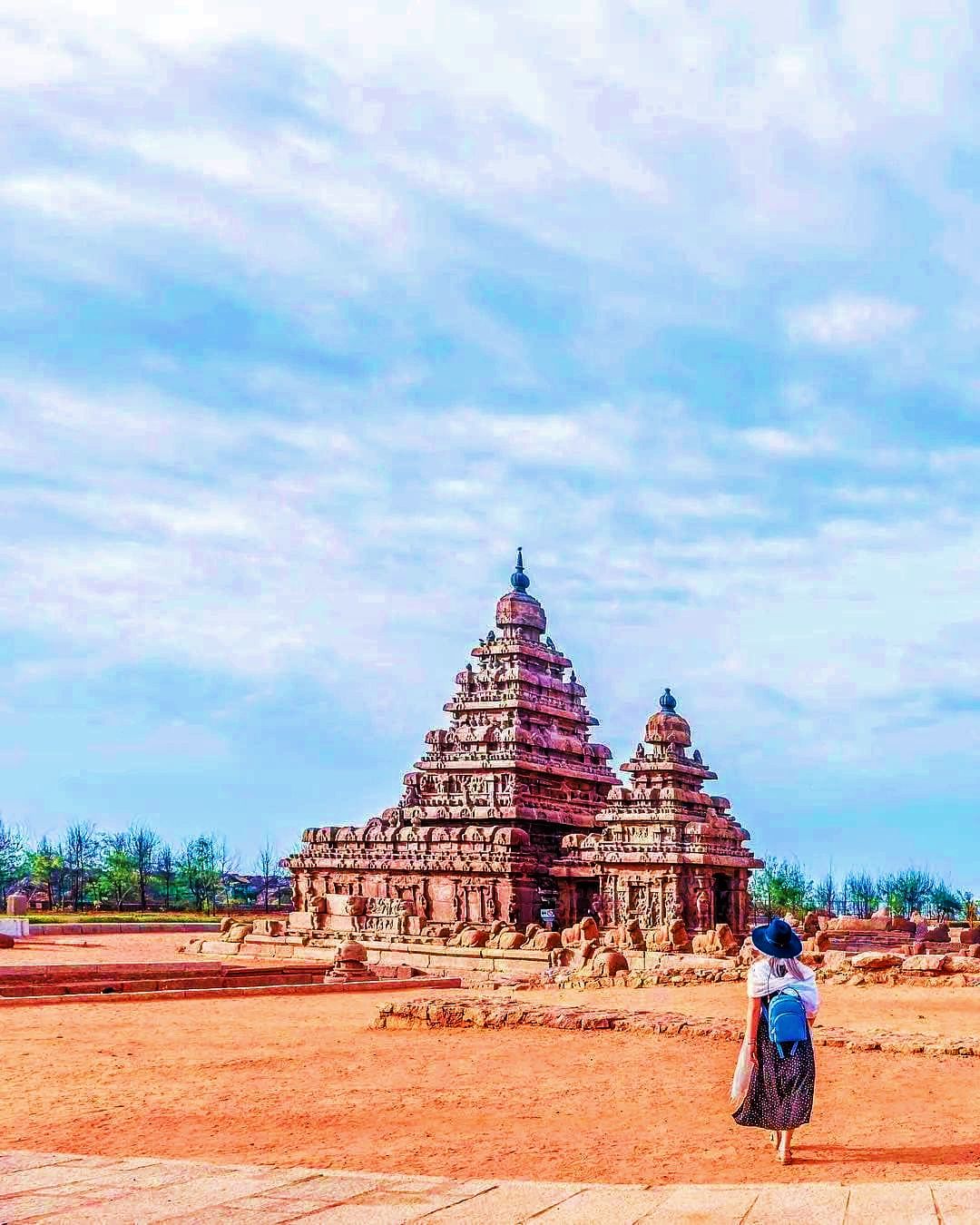
Holistic Heritage
The Shore Temple at Mamallapuram recently made history by becoming India's first Green Energy Archaeological Site. With solar power plants, electric buggies driven by local women – along with charging stations for electric vehicles in the parking lot – as well as kiosks for potable water (reducing the need for single-use plastic bottles), this rock-cut temple dating back to the 6th century has become one of the most sustainable spaces of architectural heritage today.
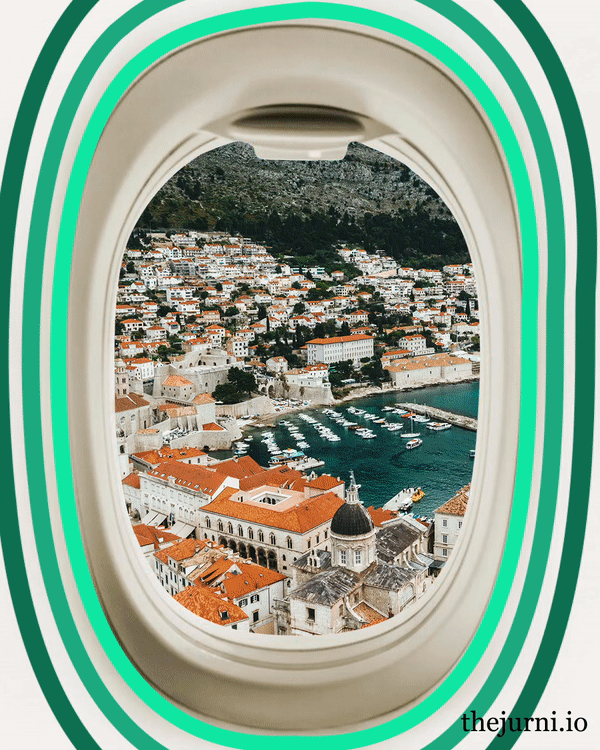
Disperse to Preserve
Think back to the last place you visited on vacation. Did you desperately wish there were fewer people around? While once governments were pushing creative policies to boost their visitor count (and many are still doing so), today, several are trying to find ways to discourage it. The problem of overtourism has cropped up in recent years and has led to a struggle over sustainability.
Where is it most prominent?
Mostly in Europe, where cities are trying to curb the issue by levying or hiking tourism tax. For instance, Venice recently became the first city in the world to charge daytrippers an entrance fee. On the other hand, Iceland – an emerging favourite with Indians – has become the latest country to levy a tourism tax. Other popular destinations among Indian tourists, like Amsterdam and Barcelona, have also come up with stringent rules to discourage visitors.
And what has led to this?
The primary reason, of course, is an ever-increasing world population. Beyond that, a rising number of tourist packages, cruise ships, and Airbnb-style rentals are being looked at as the major factors driving mass tourism. Travel trends like set-jetting also have a substantial impact on comparatively smaller locations that suddenly explode in popularity.
So how do we travel better (for ourselves and the world)?
One way around it could be to travel during the shoulder season, if you must visit these locations. Also try travelling in smaller groups. In case you are willing to be more flexible, you can plan trips to lesser explored destinations like Kazakhstan (which provides 14-day sans-visa travel for Indians) or Albania. Not only are they a traveller’s treasure box waiting to be explored and appreciated, but are surprisingly easy on the pocket. At the same time, you can support their economy by using local services. These tiny alterations can go a long way in helping you travel better, cheaper, and in peace (while helping the world retain some as well).

Bernina’s Bounty
Exploring the Swiss Alps has never been this beautiful and economical. The Bernina Express, which runs between the Swiss city of Chur and the Italian town of Tirano, covers some of the most breathtaking scenery in Europe, alongside one of the more famous World Heritage Sites in Switzerland. It’s no wonder that it happens to be one of the most Instagrammed train journeys in the world. What’s even better is that a ticket for the four-hour ride costs CHF 63 (Rs. 5,700), almost the same as the cost of a first-class ticket for Rajdhani! There are cheaper options available in case you have less time to spare, which cover a smaller part of the 90-mile route. For the best views and Insta-worthy pictures, sit on the right side of the train.
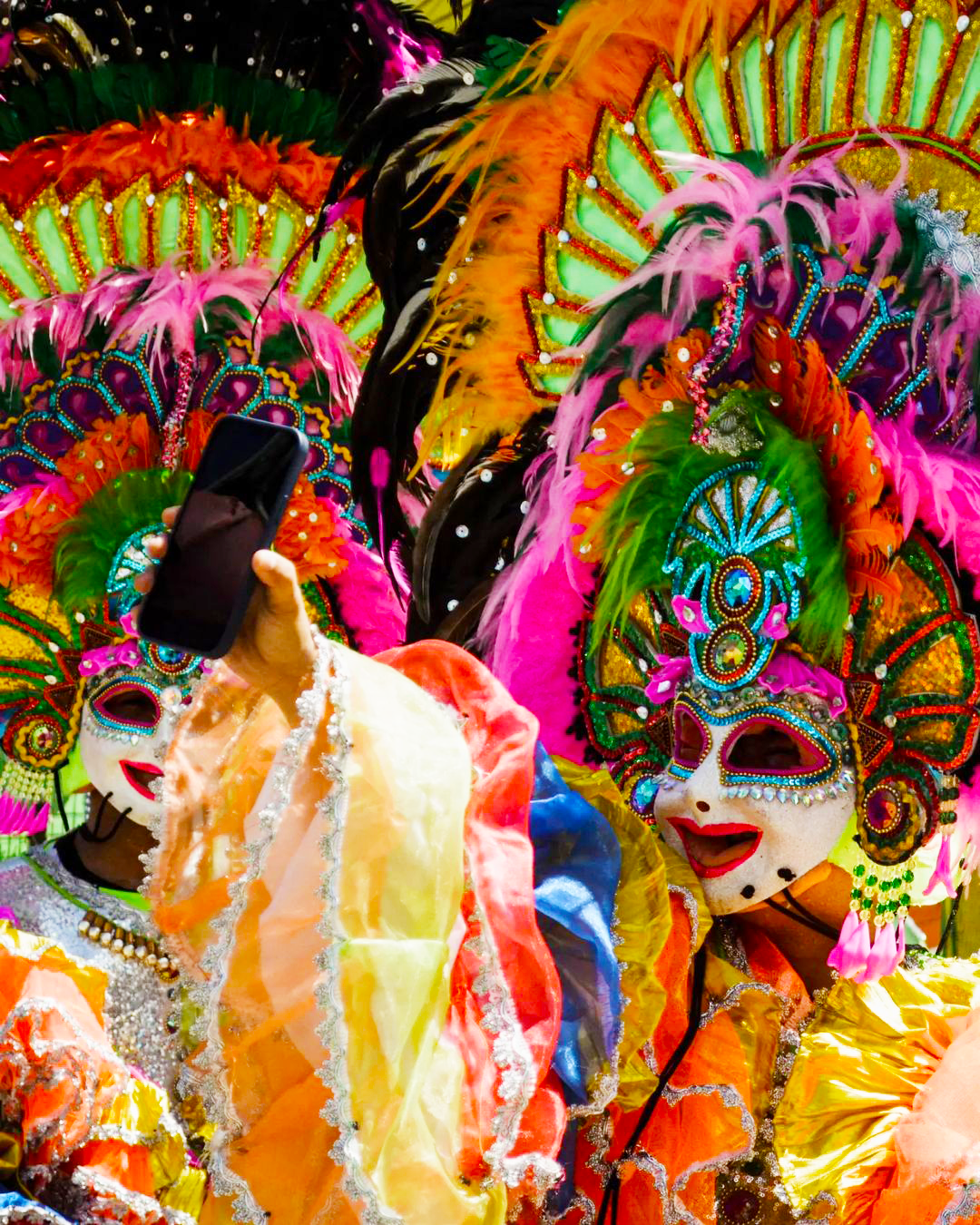
The Merry Masks of Bacolod
The annual MassKara festival, hosted in the city of Bacolod in the Philippines, is back! Celebrated during the third week of October, the festival features carnival parades, masques, dance competitions, and even a beauty pageant. Born out of a tragedy back in 1980, the festival emphasises the resilience of Bacolod and the pride their residents take in simply kicking back and enjoying life. A portmanteau of the words ‘mass’ and ‘cara’, which is Spanish for face, the obvious pun might make one crack a smile – and that is exactly what the festival is about. It is no wonder that the event is known as the ‘festival of smiles’, and that Bacolod has been named the ‘City of Smiles’.
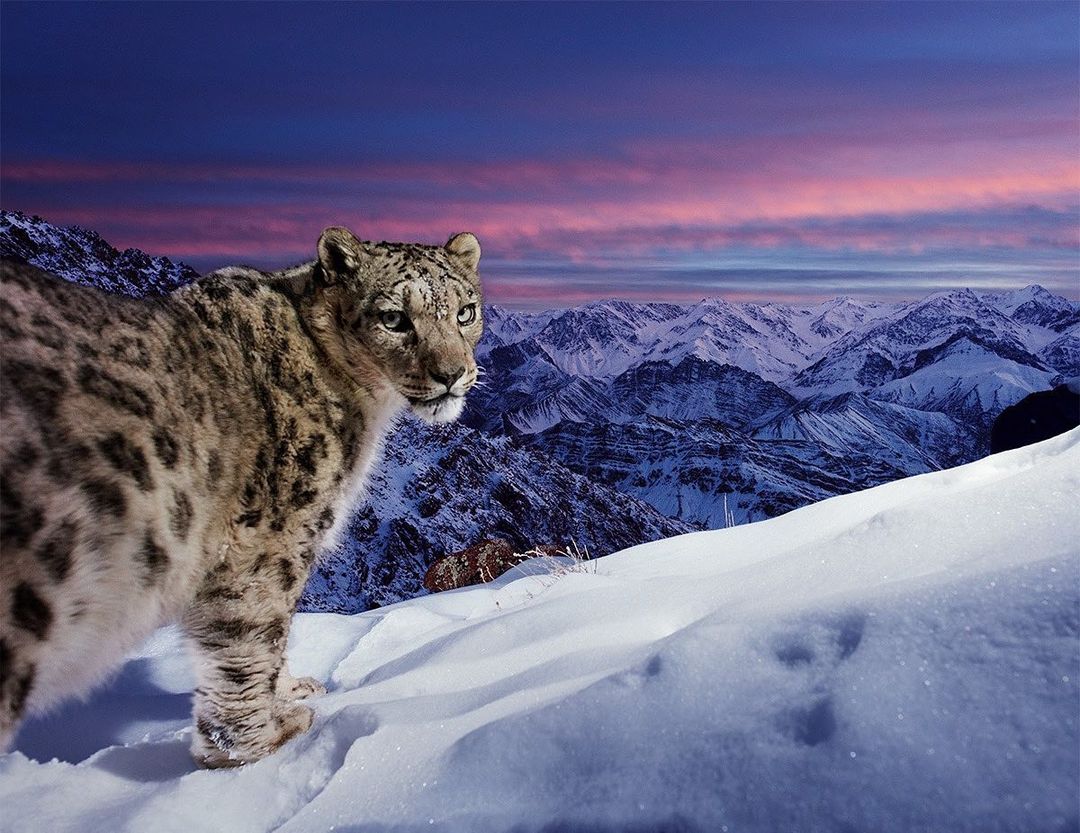
Snow-Spotting
This International Snow Leopard Day, we bring to you India’s biggest and most unique national park, which also happens to be the biggest sanctuary for the endangered cat. Hemis National Park is located at an astounding elevation of 17,000 ft. above sea level in Ladakh, and houses several other animals like the red fox and the Himalayan wolf, but the snow leopard is its star attraction. With no designated areas and no time constraints on safaris, you can catch a glimpse of the elusive cat at your own pace (pro tip: these cats are most active during dawn and dusk). The best time to visit Hemis for snow leopard sightings is between November and March, so go ahead and pack your bags for a magical trip.
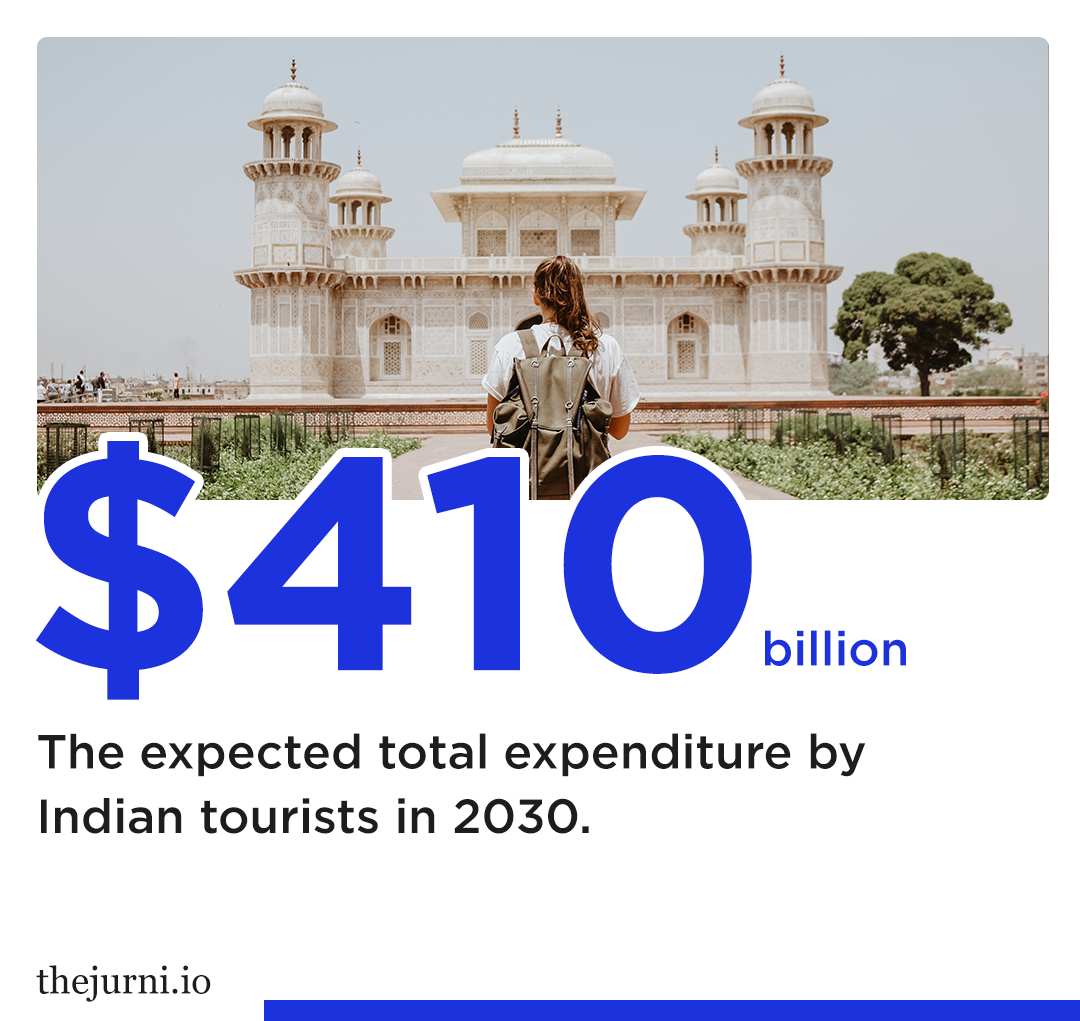
Frequent Flyers
With the return of the tourism industry to the pre-pandemic levels after a few years of uncertainty, Indians are fast emerging among the biggest spenders in the industry. Already the sixth largest tourism industry in 2019 at $150bn spent, this figure is ready to grow exponentially. A mixture of being economically less impacted relative to other countries during the pandemic along with the decrease in travel expenses throughout the world has resulted in Indians indulging in their wanderlust on a more regular basis. With the addition of social media influencers as well as a pop-culture zeitgeist that sees travel as a way of discovering oneself, Indian tourists, both domestic and international, have the opportunities as well as the budgets to become the fourth largest tourism market in the world.

Water Logging
If you think whitewater rafting in Kullu and Rishikesh is exciting, behold something that will raise your adrenaline levels through the roof. Welcome to Kitayama village in Japan, the place for traditional log rafting, or ikada-kudari, where you raft while standing! A 600-year-old practice, it originated with local lumberjacks tying up felled logs together and riding them downstream to transport the wood. The rafts have changed little through the years, but there are handrails present these days to prevent you from falling off. Another gem to add to your Japan bucket list.

The Festival of Flights
If we were to ask you about the one place where you would love to celebrate Diwali, what would it be? For most, it’s home. After all, Diwali is one of the most intimate festivals where you come together with your loved ones in a space of comfort and familiarity, made warmer by the lights. But something is different about it this time, with many Indians preferring to travel to faraway lands to celebrate, despite higher airfares.
Where are they heading?
Istanbul, Tokyo, and Hanoi, among a few others seem to be topping the list of international destinations this festive season, while Puri, Munnar, Ooty, Darjeeling, and Varanasi are trending domestically. Interestingly, a few destinations in the Northeast, including Arunachal Pradesh’s Kibithu village – the first village along the Indo-Tibet frontier – are also becoming some of the more sought after locations.
A way away from the pollution
According to a report, over 72% of Indians are looking forward to the food and culinary experiences at these destinations, followed by shopping and exploring local markets. But for most, the reason to head out is pollution – noise or otherwise – which tends to be at its peak during the festive season. Another reason is to indulge oneself over the year’s comparatively longer holiday period. In fact, searches for leisure travel this month are up by nearly 70% from October.
Visa-free travel is an enticing perk
While Sri Lanka has already initiated visa-free travel for Indians, Thailand recently waived visa requirements for arrivals from India and Taiwan with effect from November 10. Hong Kong, another location that made it to the list of the most preferred destinations this season, is also allowing Indians to travel sans visa for over 14 days. A few other exciting destinations, including Barbados, are also providing similar perks.
A reverse trend might be in place…
Of creating an abode away from their dwellings during festivals, especially during the slightly longer ones. While earlier, festivities had been more about hosting, perhaps it might shift to being hosted (by different destinations) and indulging in some peace and quiet.
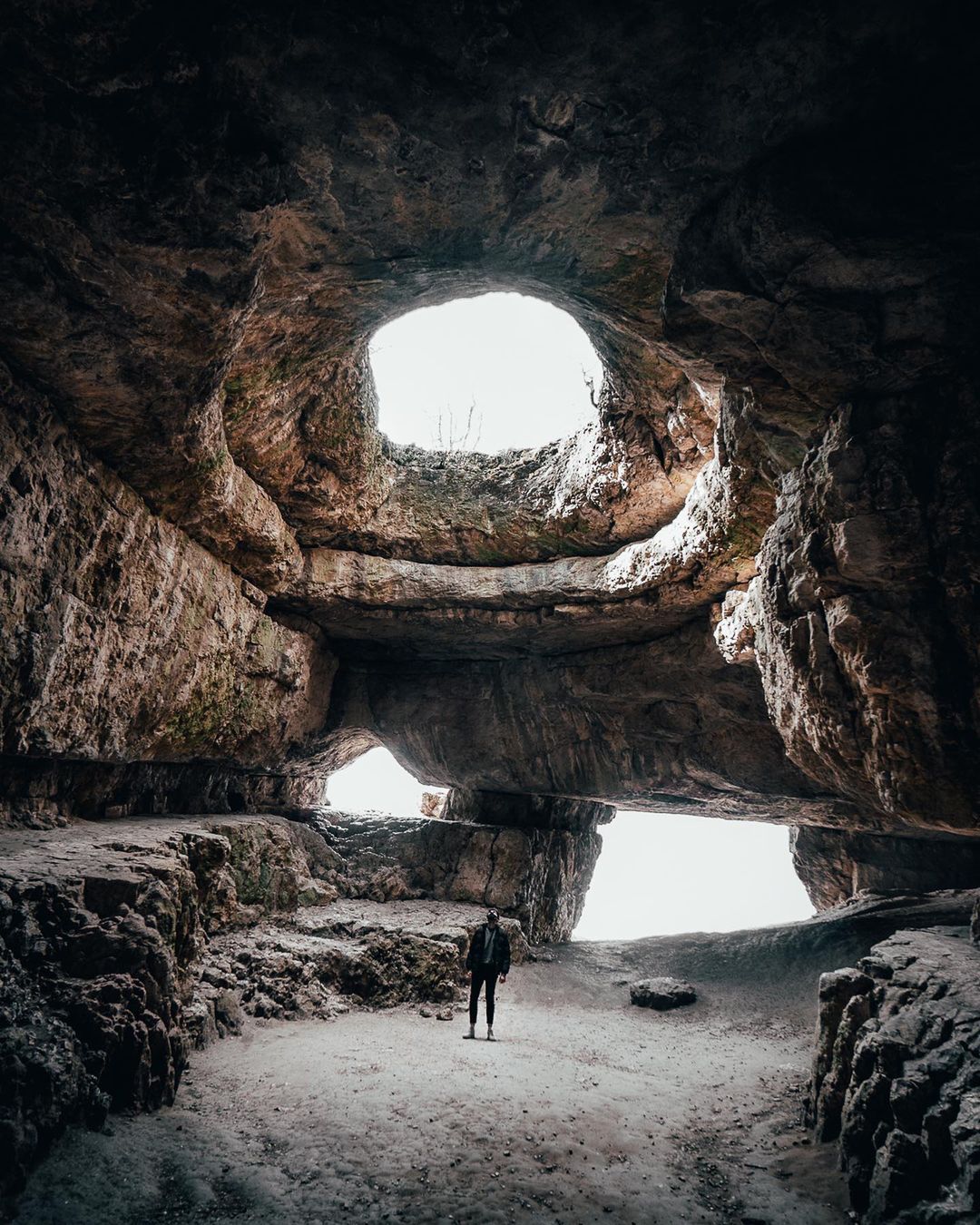
The Grand Budapest Popcorn
Dig deeper and you might find gold. The saying often holds true, be it in the context of a person or a place. Well, digging deep in Budapest, we’ve found a similar treasure – its caves, which appear to be floating in nothingness under the city’s vibrant and bustling surface. With a sense of being in two dimensions at the same time, visiting these caves is nothing short of an other-worldly experience (imagine an awe-inspiring version of Stranger Things).
Of these, the richly ornamented Szemlő-hegyi Cave stands out for its uncanny beauty, with unique limestone formations that are over 40 mln years old. These formations are commonly called popcorn or cauliflower because of their appearance. Though getting some real popcorn wouldn’t be a bad idea if you’re in subterranean Budapest – it’s nothing short of being in a movie.
In case you’re someone who’d be up for a bit of a challenge, the Pálvölgyi caves can be equally exciting. The trek towards the cave can be strenuous but ultimately quite rewarding, especially for those who consciously seek out silence. In Pálvölgyi, all you will hear is the voice of your guide and sound of the dripping water (at times, eerily so).
Once the tour is over, you can move towards the livelier parts of Budapest’s underground scene, also called the small underground – lined with gaming arcades, shops, and restaurants. We’ll bring you more deets on that one some other time. For the time being, we’ll let you idle on calmer shores.